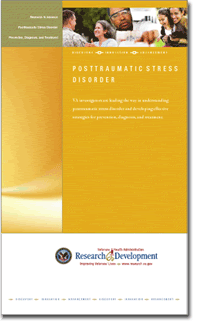The Singular Trails and Trials of Female Combat Veterans
Sharing a handful of recent news reports focusing on the unique military service and civilian reintegration experiences of our women veterans. A good intro for our purposes from Jayme Fraser, Montana Kaimin:
Military policies banning women from the frontline are disappearing as the number of female veterans in the United States nears 1.9 million.
“I think we’re growing up,” Army National Guard Capt. Dawn Gray said. “If you look at other countries, especially Israel, women are not excluded from any combat role if they can physically handle it.”
The role of women in war has expanded significantly since World War II, when women moved into the workplace void left by men going off to war.
“There are only a few places that women aren’t actively assigned and I expect that will change, too,” Gray said.
Female pilots fly combat missions for the Air Force and Navy. Though Army policy prohibits women from the frontline, temporary assignments and test programs, as well as changing dynamics of urban warfare in Iraq, have put more female soldiers into combat.

 Quick looks at the latest news containing statistics of interest to returning veterans, military families and their caregivers.
Quick looks at the latest news containing statistics of interest to returning veterans, military families and their caregivers.  Yes.
Yes.
 Recent press reports on science, technology and health re: combat veterans and military. Edric Thompson, CERDEC Public Affairs via
Recent press reports on science, technology and health re: combat veterans and military. Edric Thompson, CERDEC Public Affairs via  One of the newest courses at Fort Jackson, the Army's biggest basic training and combat instruction outpost, is something called Master Resilience Training. The genesis for the course has been the rise of suicide in the military.
One of the newest courses at Fort Jackson, the Army's biggest basic training and combat instruction outpost, is something called Master Resilience Training. The genesis for the course has been the rise of suicide in the military. Headline splashed across the front page of today's Chicago Tribune: The Cost of War.
Headline splashed across the front page of today's Chicago Tribune: The Cost of War.  Yes. (Not a very surprising conclusion, is it?) Recent
Yes. (Not a very surprising conclusion, is it?) Recent  Sorry for the state of the website right now.
Sorry for the state of the website right now.

